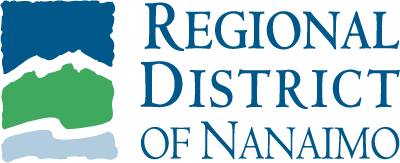Rachelle Stein-Wotten
Local Journalism Initiative Reporter, Gabriola Sounder
The Regional District of Nanaimo and other jurisdictions along the Island Rail Corridor are in the planning stages of what to do with the 289-km stretch, according to an update from staff delivered Nov. 14.
In March, the Ministry of Transportation and Infrastructure provided $18 million in grant funding to 14 First Nations and five regional districts located along the Vancouver Island Rail Corridor to develop a shared vision in the short-term as well as benefits for the impacted communities over the long-term. So far there have been multiple planning meetings across jurisdictions to decide what to do with the grant money, for which the RDN is responsible for $600,000. The end date of the grant is December 31, 2024.
Developing the vision should take into consideration collaboration between all partners, interests of impacted First Nations, movement of people and goods via all modes of transportation and the resiliency of Vancouver Island’s transportation network in the face of a growing population and climate change, among other aspects, the grant agreement guidelines say.
According to an RDN staff report, meetings thus far have discussed reversion of lands to First Nations along the corridor, contamination and remediation, legal encumbrances, environmental liabilities and the importance of recognizing and addressing historic wrongs in the creation of the corridor as well as environmental, economic and cultural harms caused by the corridor.
In March, when a BC Court of Appeal order expired, the B.C. and federal governments granted Snaw-Naw-As First Nation’s corridor land reversion claim, returning close to 11 acres of the rail right-of-way to the nation. The reversion presents a “collateral benefit … creating an opportunity for dialogue,” Wilfrid Worland of Friends of Rails to Trails Vancouver Island (FORT-VI) said in a delegation presentation to the RDN board of directors at their Nov. 14 meeting. The group envisions transforming the entirety of the rail-bed from Victoria to Courtenay and Port Alberni to an active transportation corridor.
A study conducted by FORT-VI via a federal active transportation fund grant analyzed similar projects in Pennsylvania, United States and in New Zealand; the study estimates total design and construction cost of a trail to be $173 million and would attract around one million visitors annually with a direct and indirect economic impact of approximately $95 million annually.
FORT-VI requested the RDN work with all stakeholders along the corridor to develop a cost-benefit analysis of a corridor trail and support and encourage other members of the Island Corridor Foundation to open the constitution of the foundation to include trail use of the rail-bed.
In a response to a question from Nanaimo Director Leonard Krog, Worland said FORT-VI does not see a scenario where a working rail line and active transportation trail could coexist.





Recent Comments